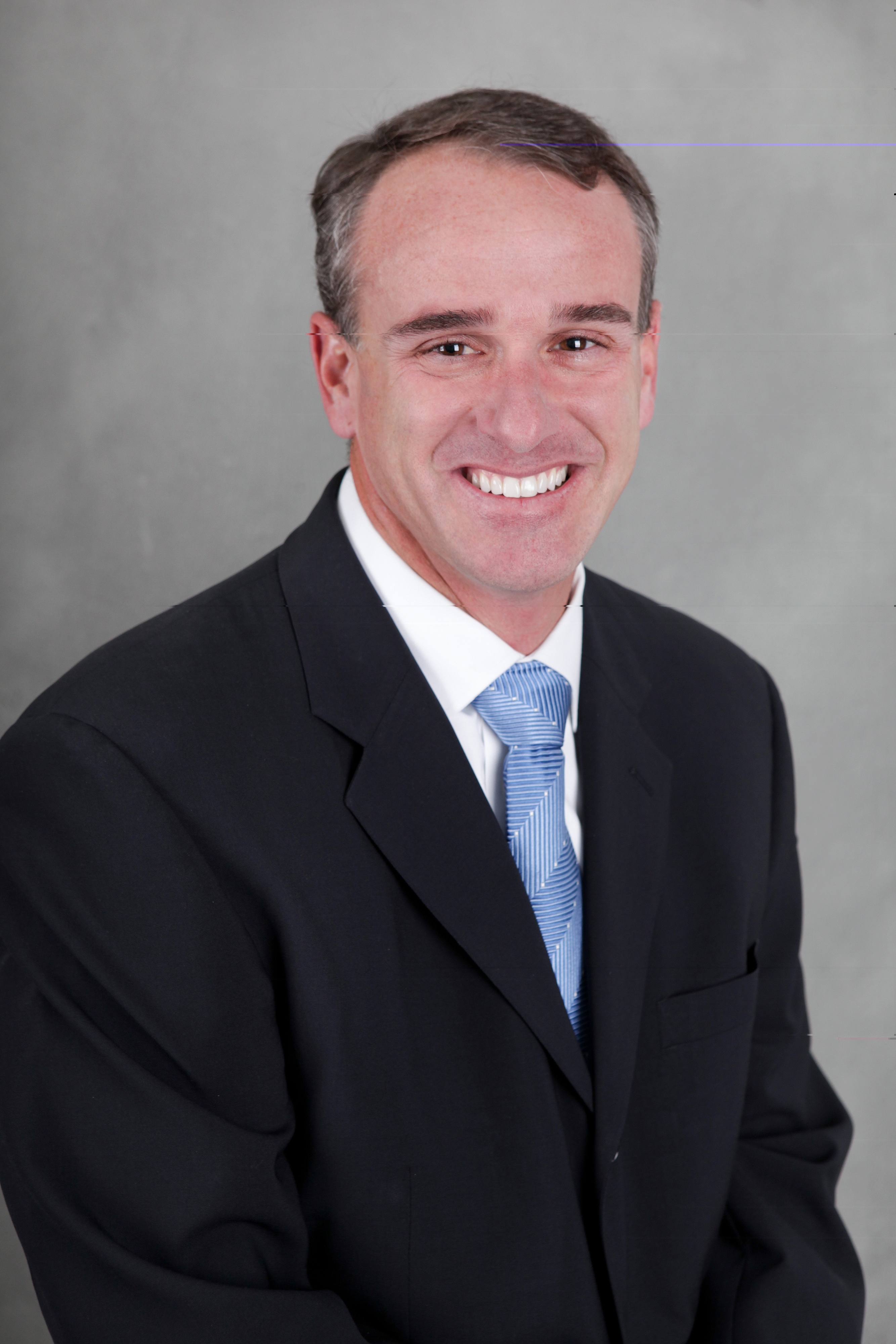 Torrance, CA – CMTC is pleased to announce that Patrick Billiter will be taking over the positions of Chief Financial Officer, Vice President of Finance and Administration, Treasurer and Secretary. He is filling these positions held by Jack Van Buren, who is retiring after 23 years of exceptional service with CMTC. Mr. Van Buren will be assisting Patrick and his team in the areas of finance and IT management until his retirement becomes official on March 1, 2019.
Torrance, CA – CMTC is pleased to announce that Patrick Billiter will be taking over the positions of Chief Financial Officer, Vice President of Finance and Administration, Treasurer and Secretary. He is filling these positions held by Jack Van Buren, who is retiring after 23 years of exceptional service with CMTC. Mr. Van Buren will be assisting Patrick and his team in the areas of finance and IT management until his retirement becomes official on March 1, 2019.
Patrick brings over 20 years of experience as a pro-active and results-oriented executive leader to CMTC and its California’s Manufacturing Network; a program designed to utilize partners to server manufacturer in both urban and rural areas statewide. His diverse background includes positions with Fortune 500 companies in the financial services, computer hardware and quick service restaurant industries. Patrick’s expertise in identifying technologies and systems that continuously improve service and collaboration will help advance CMTC and its California’s Manufacturing Network’s expansion in serving more than 1,100 small and medium-sized manufacturers (SMMs) annually.
James Watson, President and CEO of CMTC states, “Patrick’s technology and systems background will support CMTC’s desire to develop ways to more efficiently serve California manufacturers. In addition, Patrick strategic planning experience will contribute to the creation of a long term approach to expand the number of manufacturers served by CMTC annually.”
CMTC is one of fifty-one Centers across the nation in the Manufacturing Extension Partnership (MEP) National Network which is part of the U.S. Government’s effort to develop and deploy technology, management and technical expertise for SMMs with a focus on improving their productivity and global competitiveness.
Related Glossary Terms
- centers
centers
Cone-shaped pins that support a workpiece by one or two ends during machining. The centers fit into holes drilled in the workpiece ends. Centers that turn with the workpiece are called “live” centers; those that do not are called “dead” centers.






